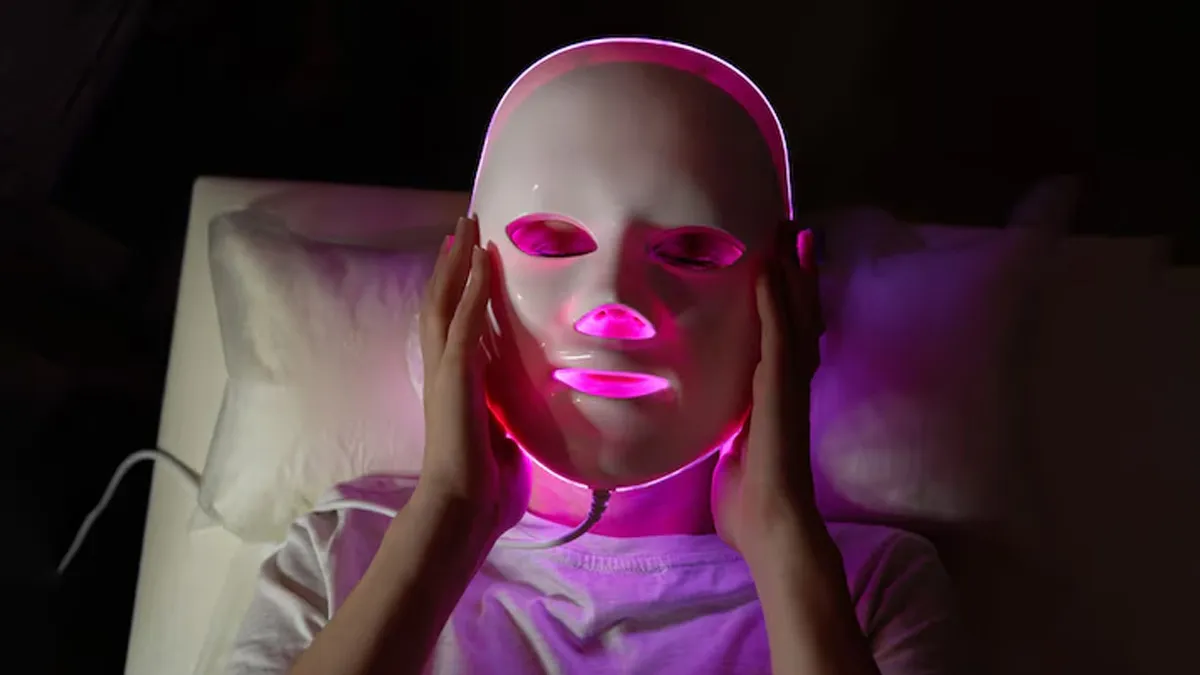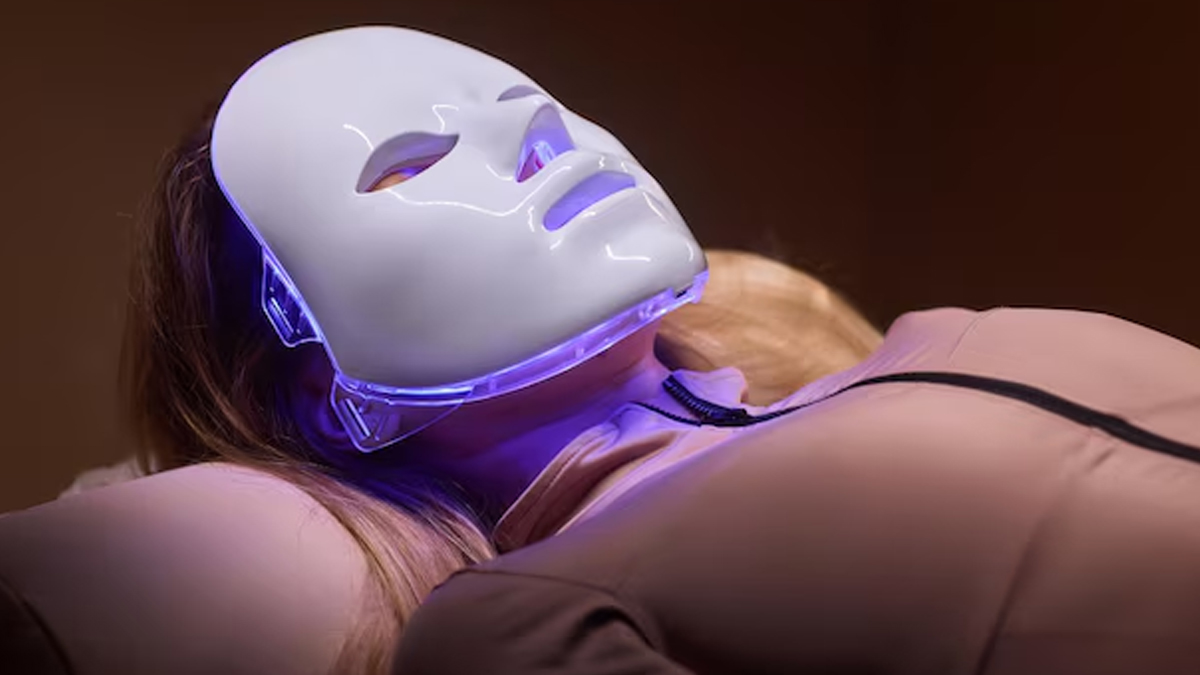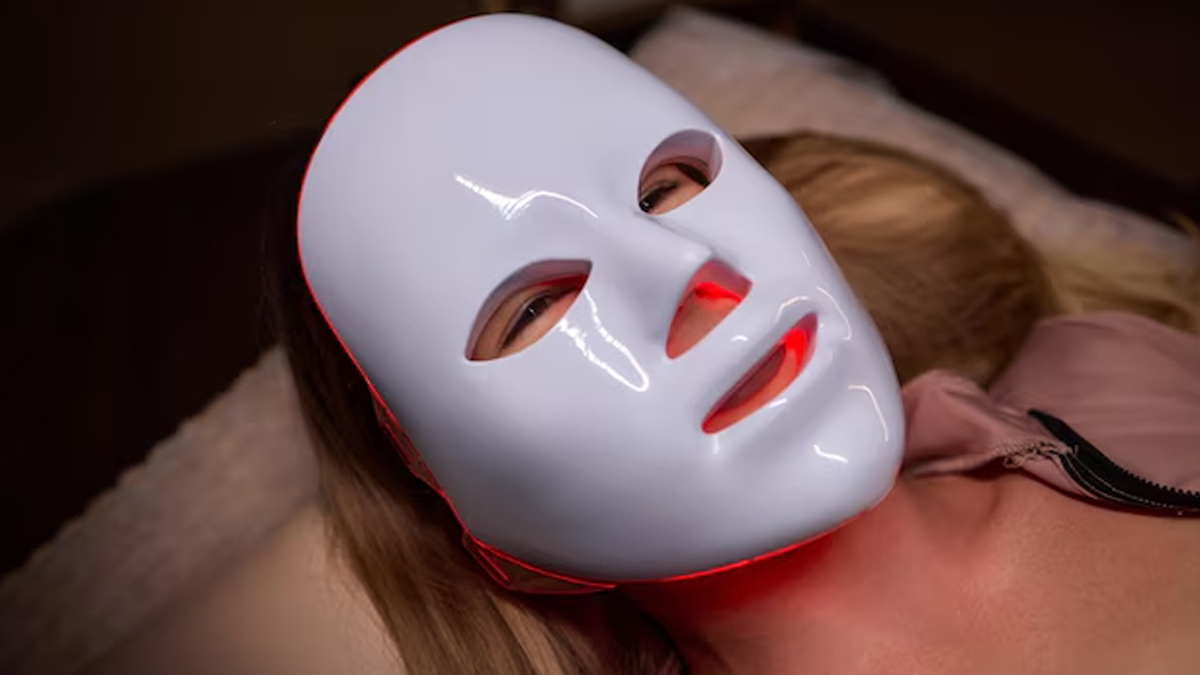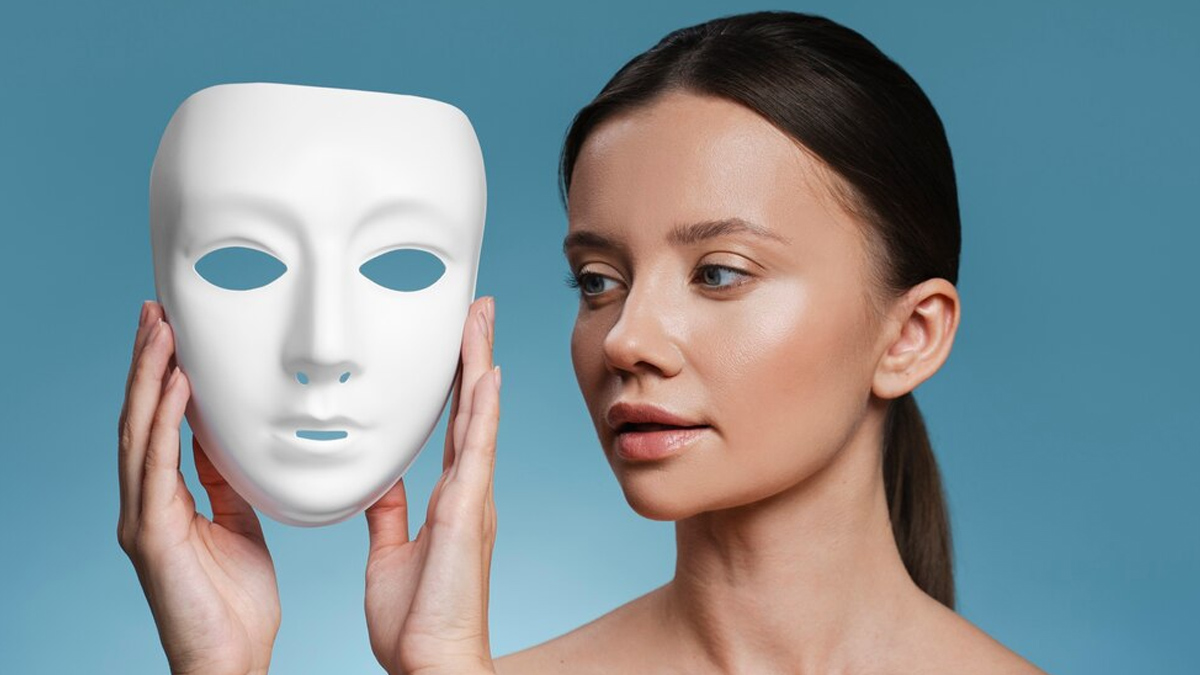
You might be familiar with the face masks conveniently available at stores these days. You may have even used them occasionally. But have you ever tried Light-Emitting Diode (LED) masks? These sleek, futuristic devices resemble lightweight, contoured masks designed to sit comfortably on your face. From international celebrities like Kim Kardashian to Indian influencers such as Prajakta Koli (@mostlysane), these devices have gained a lot of attention for their supposed skin-enhancing benefits. But do they actually live up to the hype? Are they truly effective, or are they like any other skincare trend? To get some answers, we consulted a dermatologist. Here’s what our expert had to say about the effectiveness of LED masks and whether they’re worth investing in.
Table of Content:-
What Is An LED Light Mask?

In simple terms, LED masks are masks that use different colours of light to target specific skin concerns. Dr Geetika, Dermatologist and Founder of Influennz Skin and Hair Clinic, Delhi, shared that these lights fall within the visible light spectrum (between 400-700 nanometres in wavelength).
Blue light (around 450 nm) penetrates the surface layers of the skin (epidermis) and oil glands, making it a good tool for tackling acne.
Red light (closer to 700 nm) reaches the deeper dermis. It boosts collagen and elastin production, which helps with skin rejuvenation and fighting signs of ageing.
Are LED Light Masks Effective?

“In theory, LED masks sound fantastic. However, clinical studies show that LED light therapy can be effective when combined with the right skincare routine,” said Dr Geetika.
According to the dermatologist, in practice, results are subtle. The masks don’t work wonders on their own. If you’re visiting a clinic, combining LED therapy with other treatments can give you better results.
While the blue light spectrum is designed to target acne-causing bacteria and oil glands, for wrinkles and anti-ageing benefits, the red light spectrum is supposed to stimulate collagen production to soften fine lines, she highlighted.
But here’s the catch: “I personally haven’t seen dramatic results, mainly because the LED masks available in India often lack quality. It’s like using a cheap flashlight versus a high-powered beam—the difference in effectiveness is clear,” Dr Geetika clarified.
Pro-tip: If you want to invest in an LED light mask, go for one that’s US FDA-approved. Unfortunately, these high-quality versions aren’t widely available in India yet.
How Often Should You Use An LED Light Mask?

The short answer is keep it short and sweet. Here’s a quick guide:
Duration: 3-10 minutes per session.
Frequency: Start with once a week. Once you see some improvement, you can reduce it to once a month to maintain results.
Consistency is key, but overdoing it won’t speed up your results, so resist the urge to glow like a neon sign every day.
Are There Any Risks Of LED Light Masks?
Generally, LED therapy uses light from the visible spectrum, and it is considered safe. But if you have Indian skin, there’s a small risk of something called “blue light pigmentation,” said Dr Geetika, explaining that blue light can sometimes stimulate melanin production, which might lead to pigmentation issues in skin types already prone to it.
If you’re worried, always consult your dermatologist first, she advised.
Bottomline
A lot of people love getting the LED light mask treatment because it is non-invasive, meaning it does not involve needles or cuts, is painless, and has no downtime, meaning you can go from an LED glow-up straight to brunch.
But the catch is that the results are not prominent and are just temporary.
Think of it as a gentle nudge for your skin rather than a full makeover. The good news is, since these masks are portable, they’re perfect for your travel skincare kit. If you love a good at-home skincare gadget and are realistic about the results, an LED mask can be a fun addition to your routine. But remember, combining it with a solid skincare routine and maybe an occasional visit to your dermatologist is crucial for positive results.
Also watch this video
How we keep this article up to date:
We work with experts and keep a close eye on the latest in health and wellness. Whenever there is a new research or helpful information, we update our articles with accurate and useful advice.
Current Version